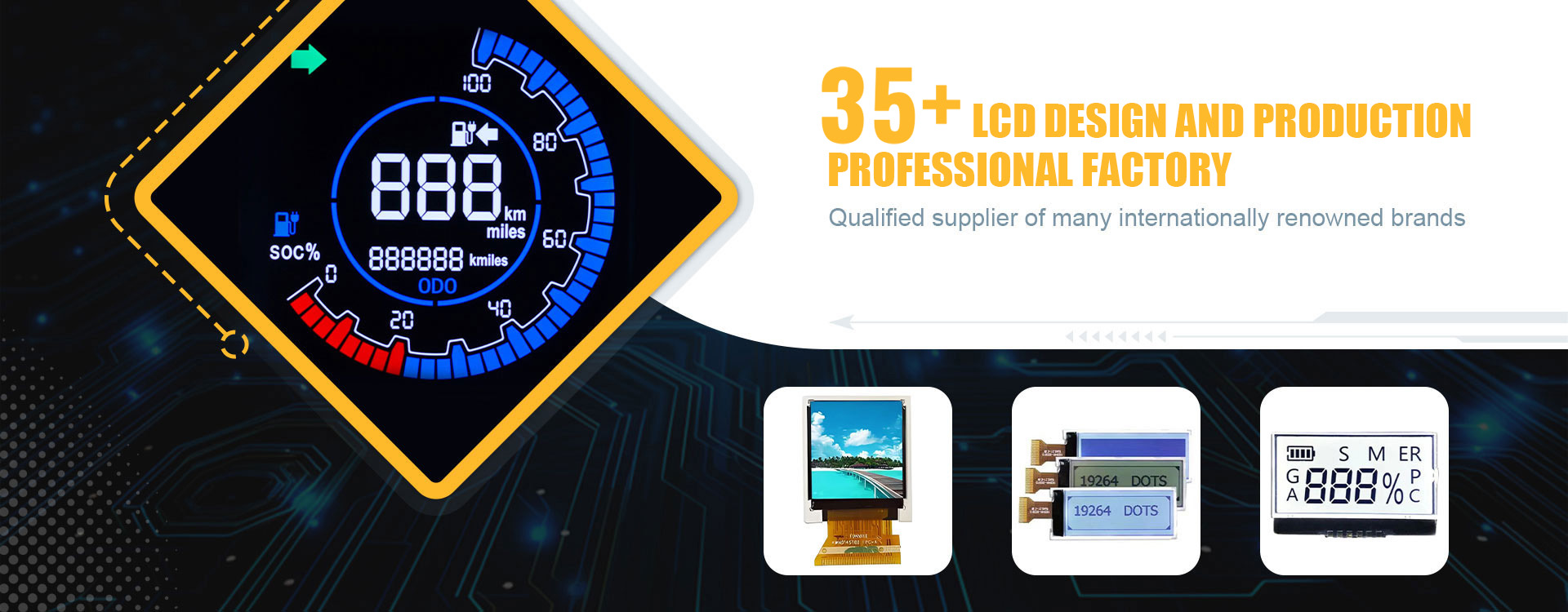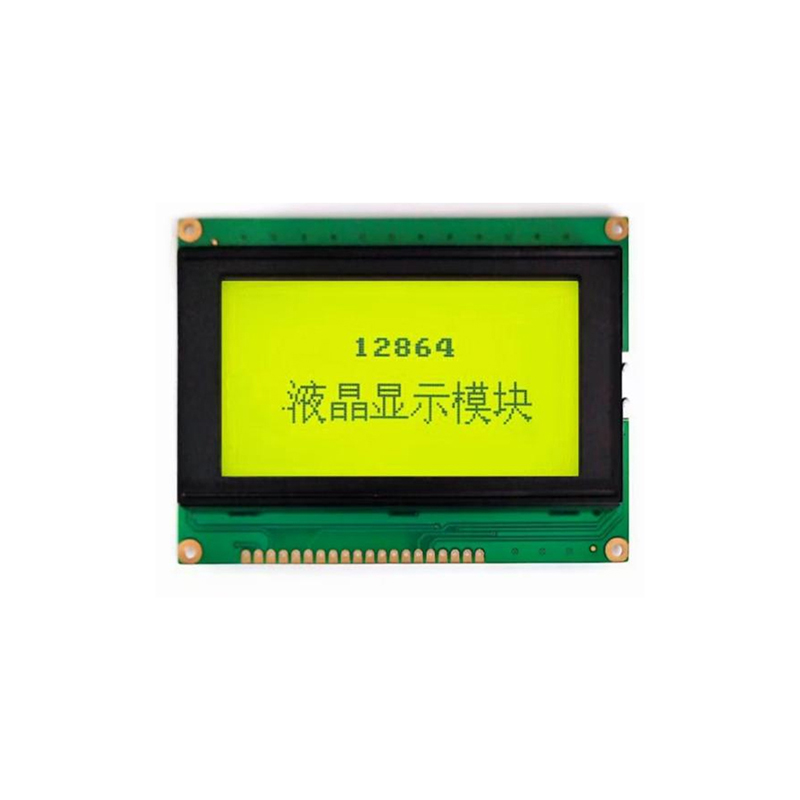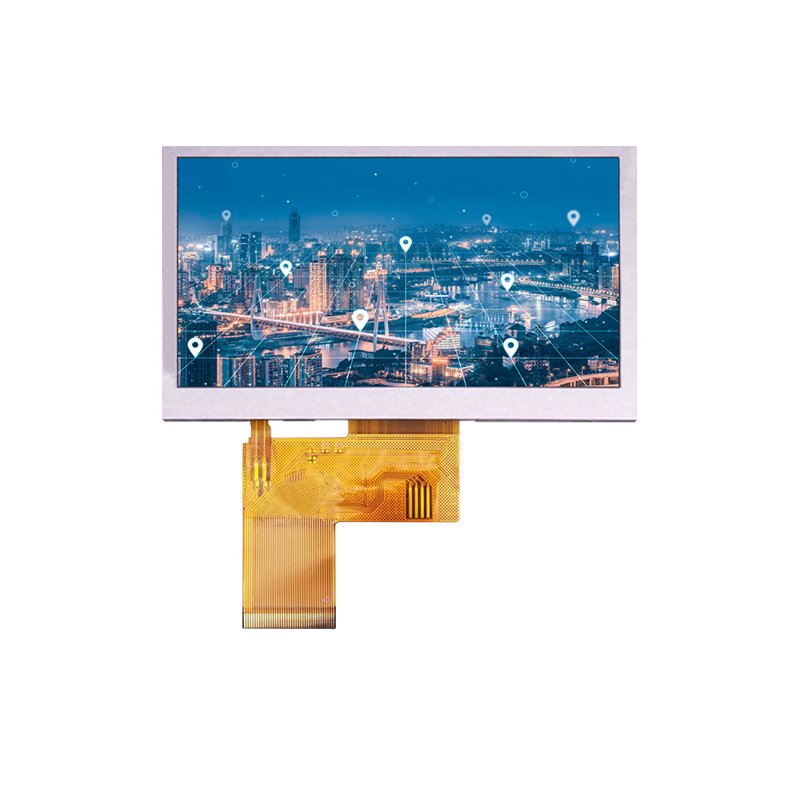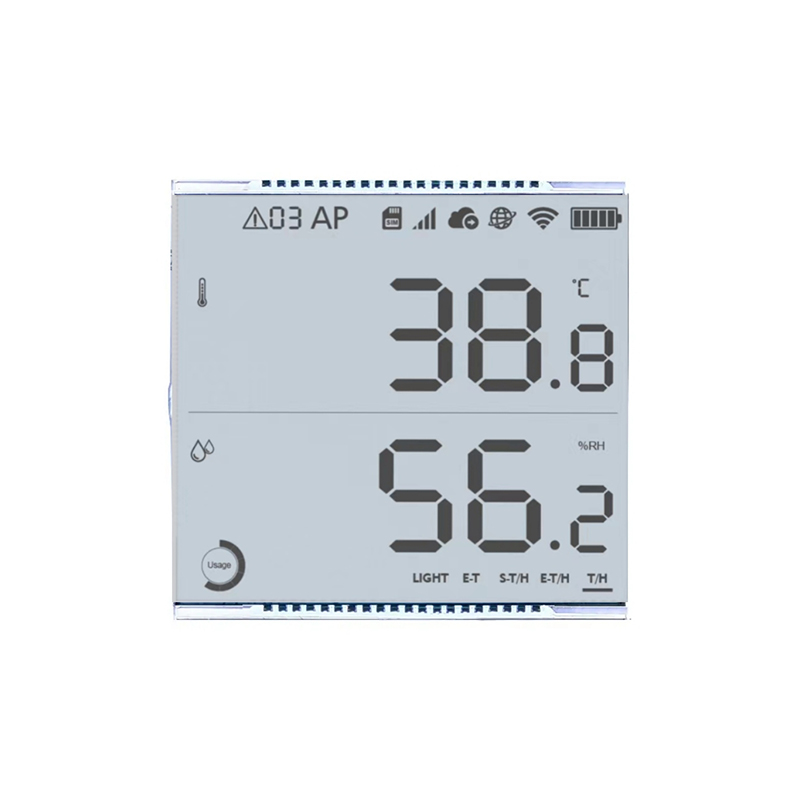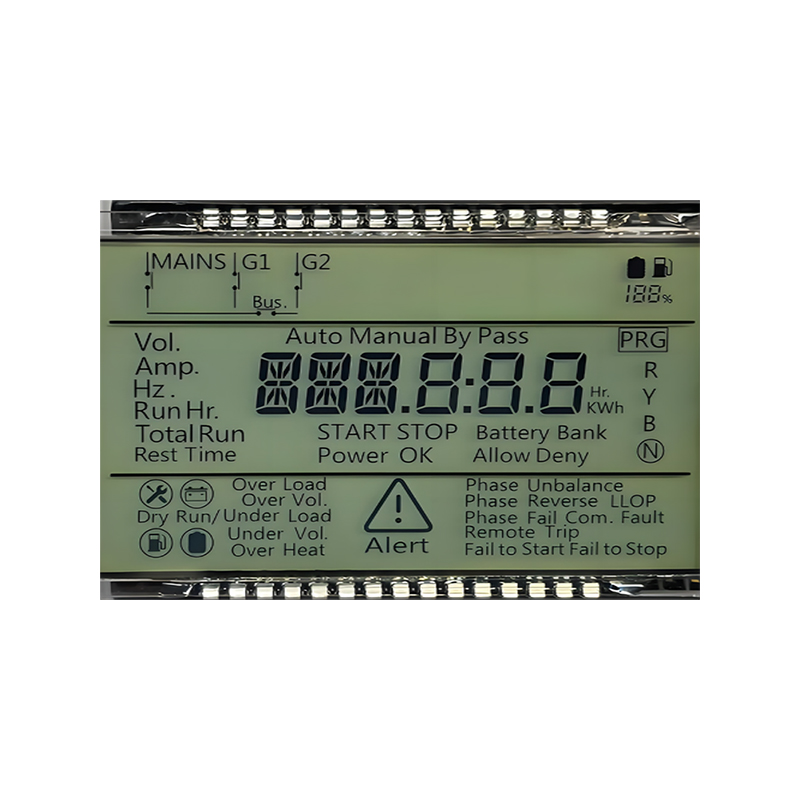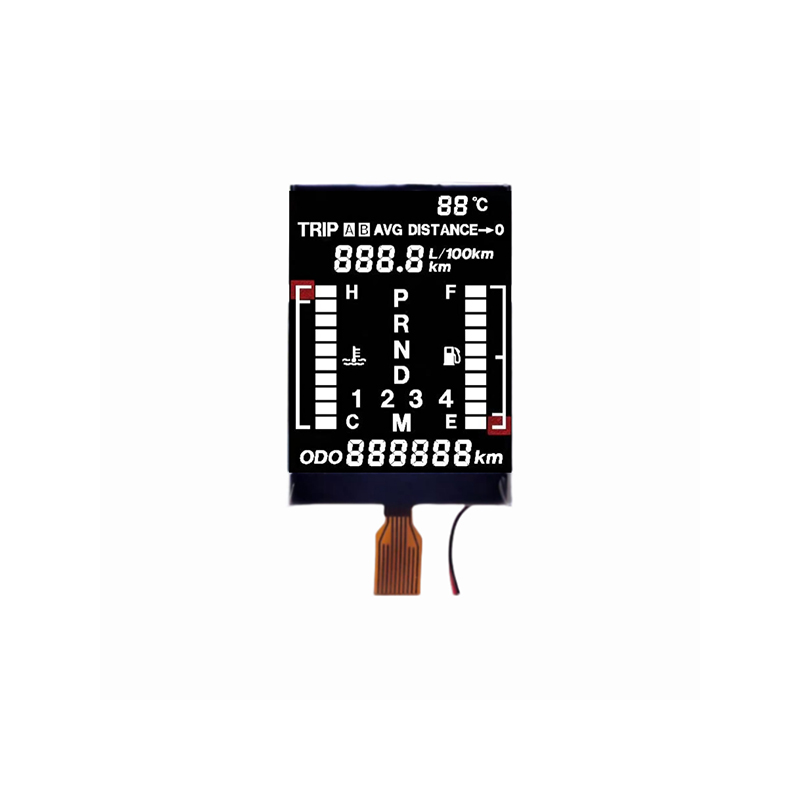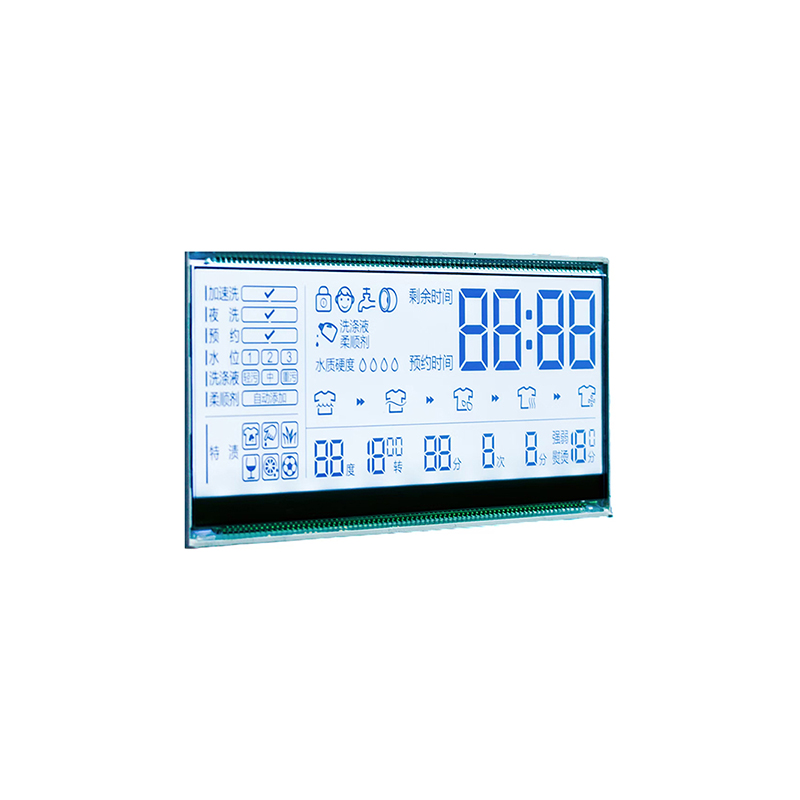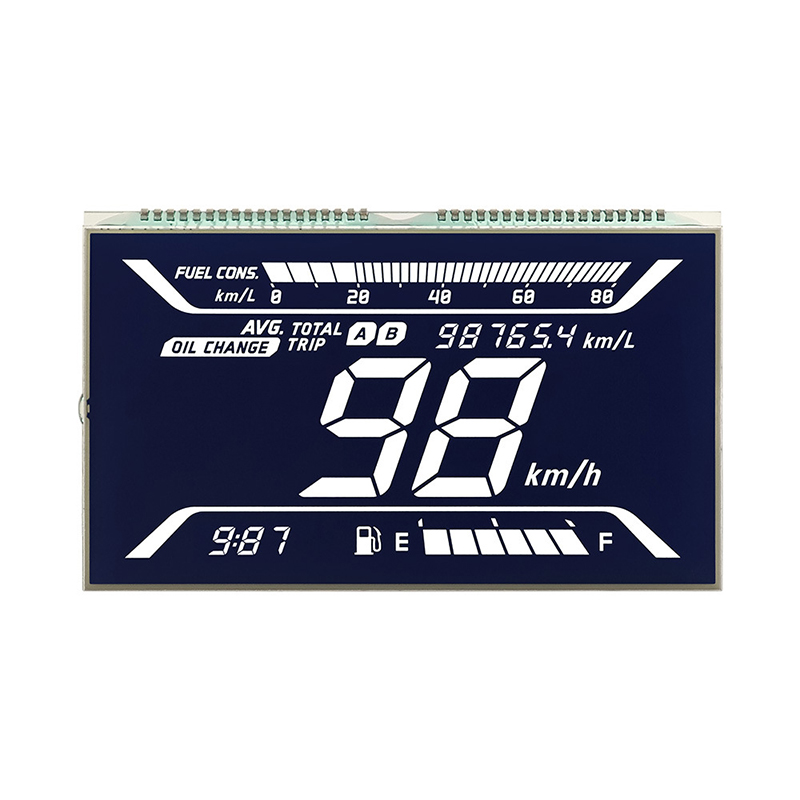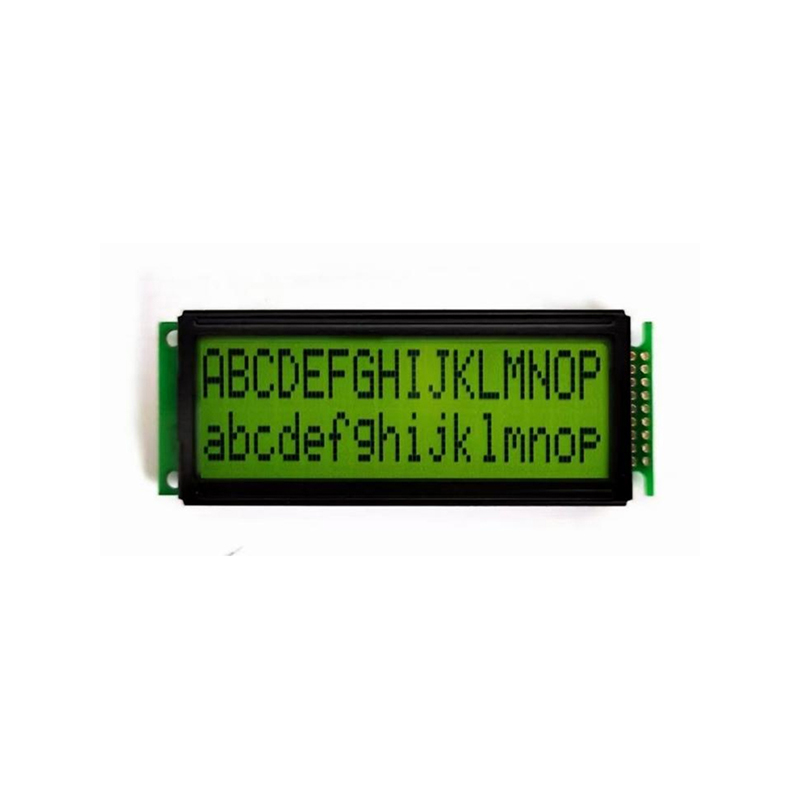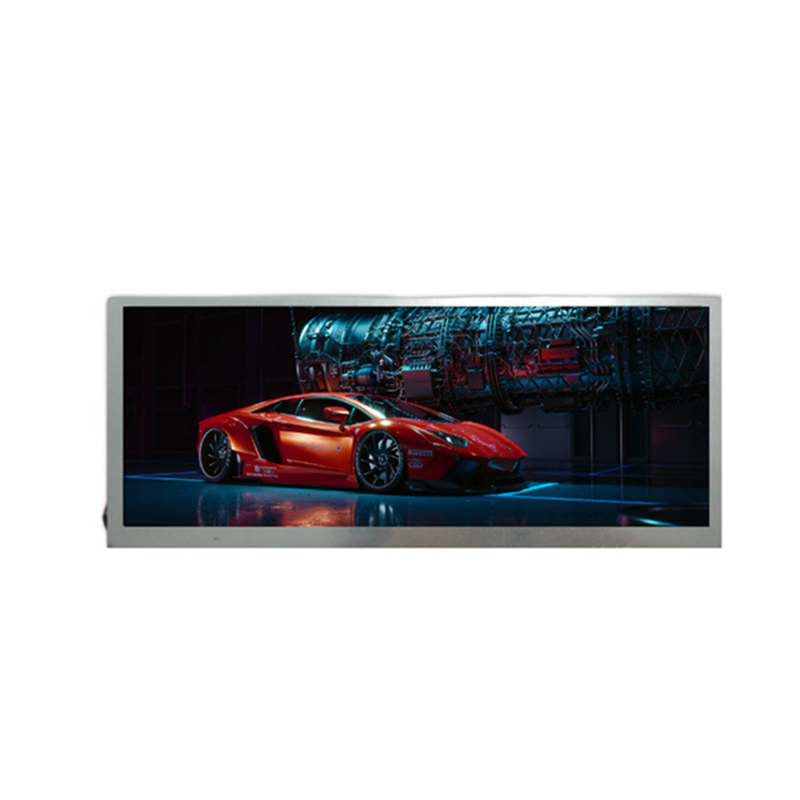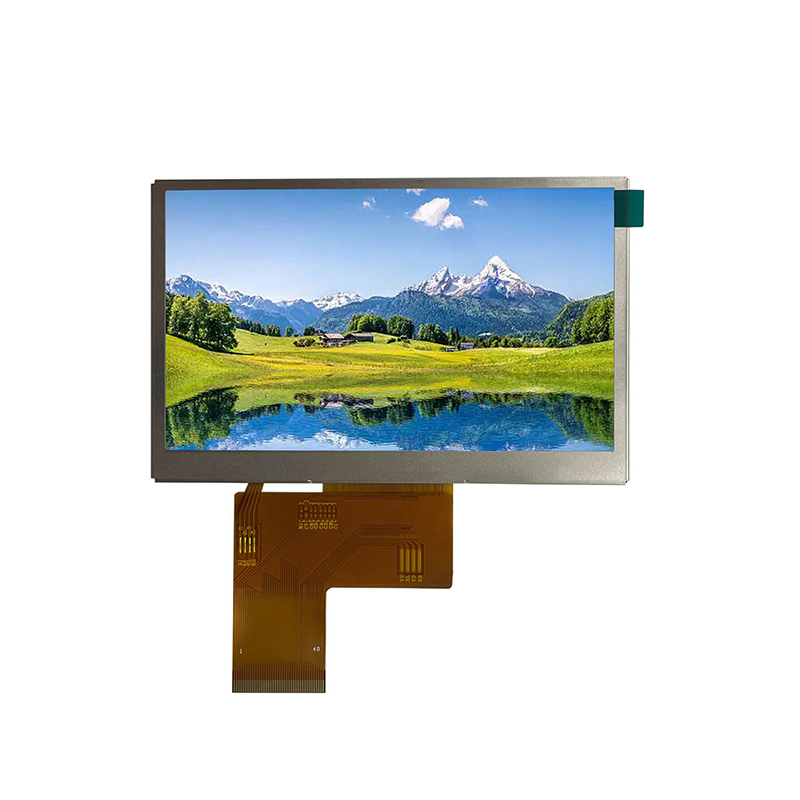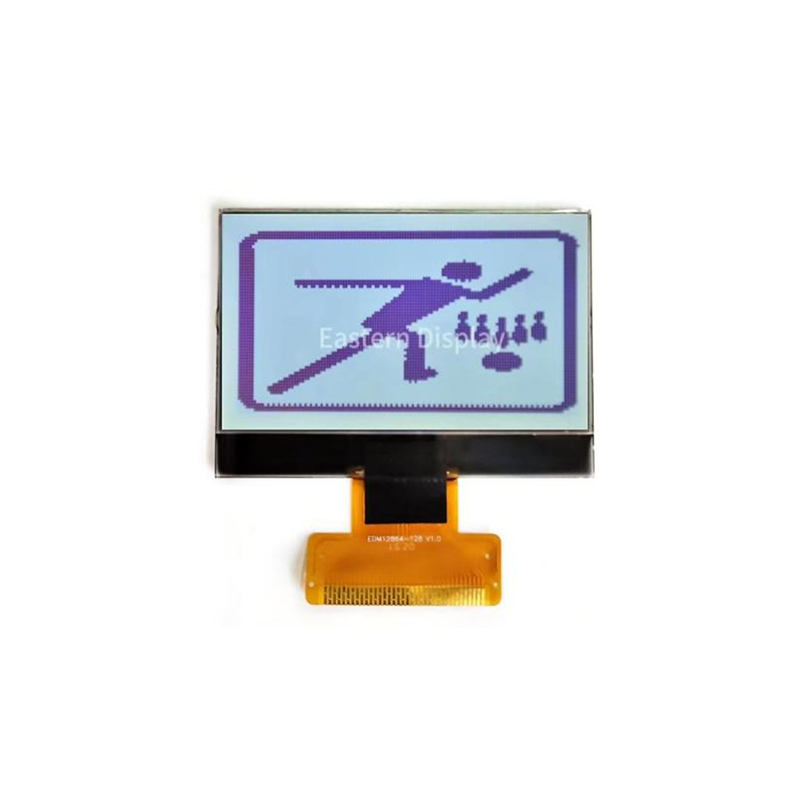
This comprehensive guide explores the world of LED dot matrix displays, covering their types, applications, advantages, and disadvantages to help you choose the ideal display for your project. We'll delve into technical specifications, provide real-world examples, and offer valuable insights to make informed decisions.
An LED dot matrix display is a visual display device that uses an array of light-emitting diodes (LEDs) arranged in a grid pattern to form characters, numbers, symbols, or simple graphics. Each LED acts as a single pixel, and by controlling the on/off state of individual LEDs, complex patterns can be created. These displays are ubiquitous, found in everything from clocks and calculators to larger signage and scoreboards. The size and resolution of the display vary greatly depending on the application.
LED dot matrix displays come in various configurations, differing primarily in their arrangement and the number of LEDs used. Common types include:
Besides the display configuration, LED dot matrix displays are available in various colors, including red, green, blue, amber, and white. Full-color displays utilize a combination of red, green, and blue LEDs (RGB) to produce a wider spectrum of colors. The choice of color depends on the application and desired aesthetic.
The versatility of LED dot matrix displays makes them suitable for a wide array of applications:
Selecting the appropriate LED dot matrix display involves considering several factors:
Understanding key technical specifications is crucial for selecting the right display. These include the number of LEDs, refresh rate, interface type (e.g., parallel, serial), and power supply requirements. Carefully review datasheets from manufacturers like Dalian Eastern Display Co., Ltd. to obtain detailed specifications for specific models.
| Advantage | Disadvantage |
|---|---|
| Relatively low cost | Limited resolution compared to other display technologies |
| Durable and long lifespan | Can be difficult to display complex graphics |
| Wide range of sizes and configurations available | Can be less energy-efficient than some newer display technologies |
This guide provides a foundational understanding of LED dot matrix displays. Remember to consult specific product datasheets for detailed information before making a purchase.
